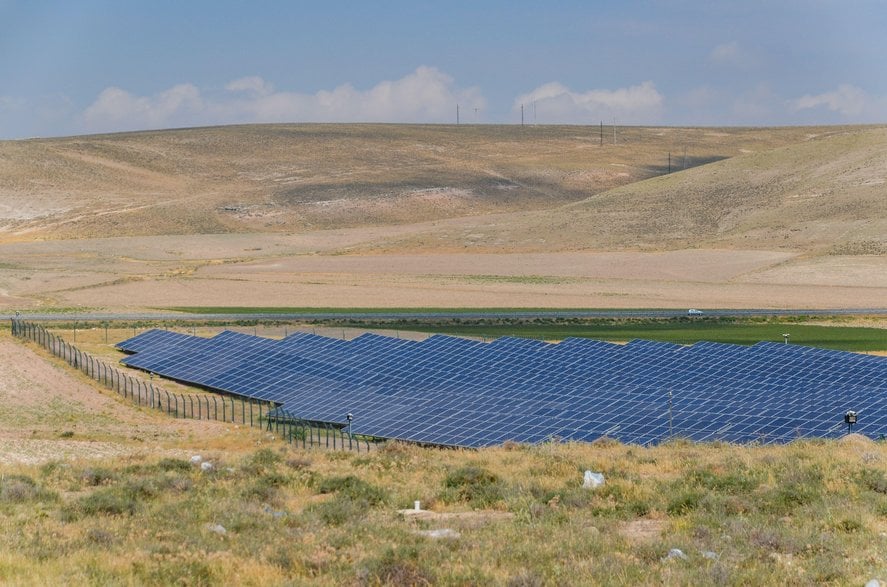Chapter 1:
Pathway for 1.5C
In this chapter
Shifting to clean electricity by 2035
Transforming Europe’s electricity sector will be a critical part of building a new energy system that addresses the triple crisis of climate, energy security and affordability.
Action this decade is critical, not only to address the immediate fossil fuel crisis, but to quickly bend the curve on emissions. This is a necessity if Europe is to make a fair contribution to the goals of the Paris Agreement. Decarbonising and expanding Europe’s electricity supply is the most effective way to displace fossil fuels across the economy, reducing reliance on imported energy. The good news is all the technologies required to supercharge the transition are available and affordable, with wind and solar power forming the backbone of the transition.
There is ample evidence that Europe must achieve a fully decarbonised power system by the mid 2030s for a pathway that keeps 1.5C in reach. This conclusion is reached both by the IEA Net Zero roadmap and an assessment of the latest climate models used by the IPCC. The UK and Germany are already aiming for completely decarbonised power by 2035 and the G7 have set a similar target, however a unified signal from Europe and the EU is lacking.
Modelling by Ember shows that this is possible. Europe can achieve a clean power system by 2035; at no extra cost above stated plans and without compromising security of supply.
Making this vision a reality will require investment above and beyond existing plans, as well as immediate action to address barriers to the expansion of clean energy infrastructure. Such a mobilistion would boost the European economy, cement the EU’s position as a climate leader and send a vital international message that these challenges can be overcome.
Related Content




